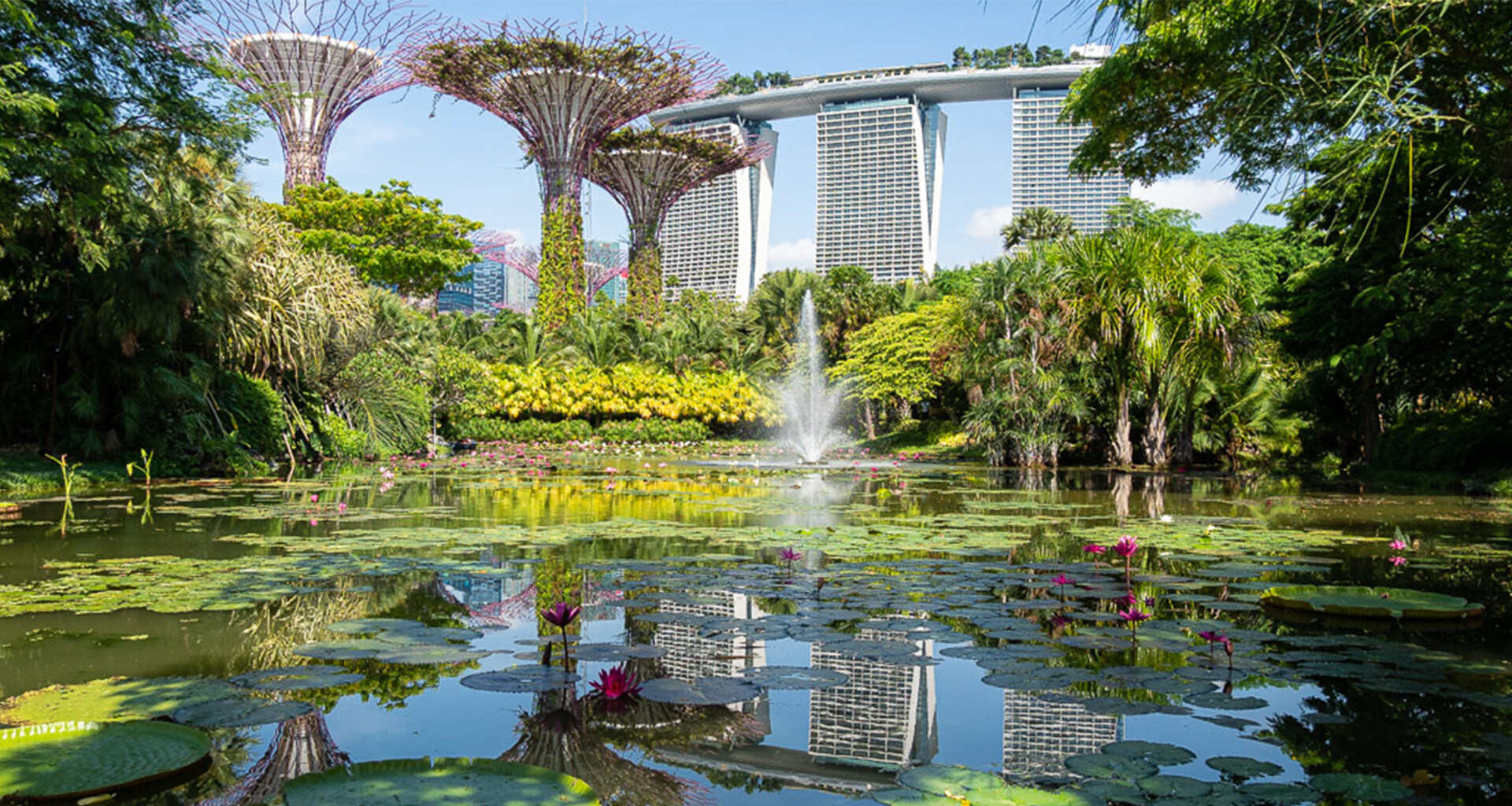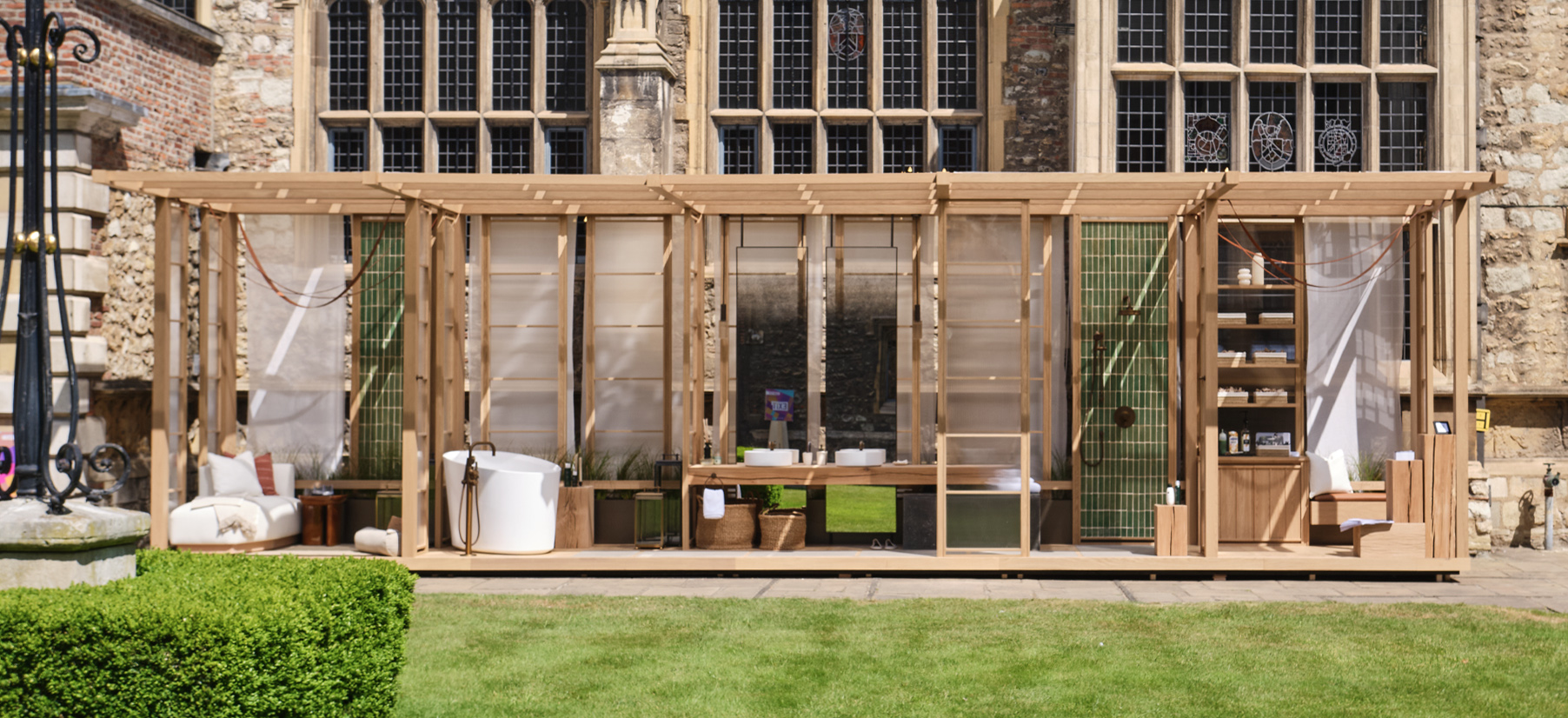Biophilic design pays respect to the idea that the spaces we inhabit impact on our physical and emotional well-being.
Everything in our living environments, from poor transport infrastructure to badly lit bedrooms, influences our mental welfare and in turn, affects the way we live and feel.
Biophilia is a theory that understands humans to be creatures who function best when they feel connected; to their natural environments, to the places and communities they live in and to each other.
Integrating these ideas into the future of interior, architectural and brand design is becoming increasingly important.
At G.A we believe that the type of design that resonates with people comes from an understanding that the places we live in should be an extension of a type of self-care that extends beyond the superficial and roots us emotionally to our environments.


Biophilic design can help to increase productivity, lower psychological stress, focus attention span and generally help our sense of wellness.
Forming connections to natural environments through interiors can be done in artfully nuanced ways. There are two main things to consider during this process – materials and technology.
Using technology to enhance our connection to natural environments may appear counter-intuitive, however, there are some highly innovative ways of bridging the divide between the technological and the natural.
Biophilic design understands that our senses register everything around us, we interact in different ways depending on the sights, sounds, scents and feel of our environment.
So, using technology to look at, for example, acoustic solutions to connecting people to the spaces they inhabit can be incredibly effective. Sound proofing is a clever way of ensuring people can, in some way, escape from the constant noise of urban environments. In addition, using noise reducing technologies alongside acoustics that further enhance natural sounds have proven calming effects.
Other technologies, such as app-controlled devices, can offer a sense of seamless fluidity throughout spaces. While de-cluttering solutions work as easy ways to order space and in turn, order the mind. There are many ways in which design can work alongside forward-thinking technologies to subtly integrate Biophilic elements into people’s living spaces, helping us to feel rooted, present and at ease.
Using specific materials in hotels and homes is another simple and effective way of drawing people’s focus to the natural world. Surfaces made from natural finishes and fibres, sometimes recycled or upcycled, draw instant connections to natural locality.
Textiles in colours or patterns that reflect the flora and fauna of the region also act as a strong example of simple ways to execute biophilic design.
“From living walls in our workspaces and pot plants, to creating spaces that revel in the natural landscape or interact with beautifully designed gardens, biophilic design utilises natural principles to create a human-centred approach.” – White Paper 2019, The Science Behind the Sensory Space

Indoor birch tree garden at the New York Times offices, changes with the seasons.
Biophilic design is organised into three categories; Spaces, Presence and Evocation.
Spaces
Biophilic design looks at creating engaging spaces that bring the natural world to mind, while also challenging the urban world. Using ‘prospect’ is a key part of Biophilic space design.
Throughout the ages humans have always sought out habitats that allowed us to protect ourselves from danger; building empires on hills, cities on coastlines and skyscrapers with viewing platforms. This natural instinct to look out at our surroundings is an important factor in creating modern living spaces.
Floor to ceiling windows, balconies, focal lengths and transparent dividers are ways to utilise space in a way that allows things to feel open and creates a better sense of flow while allowing us to instinctively keep an eye on our outdoor surroundings.
Thinking about smaller, enclosed spaces is another important part of Biophilic design to consider. Small reading nooks, or comfortable hidden areas provide a sense of refuge and protection – another innate human desire. Biophilic design allows us to connect the spaces we live in, to the natural desires we have.
Presence
The presence of nature in living and hospitality environments is a crucial element of Biophilic design. This can be approached in easy and obvious ways – bringing plants into interior spaces, taking advantage of natural light, using scent diffusers with natural fragrances.
It can also be looked at more subtly, changing the directional flow of air, for example, subtly contributes to a feeling of ease within an interior environment by mimicking a natural breeze.
Indoor gardens with plants that change with the seasons are an interesting solution to giving Biophilia ‘presence’ in interior spaces. Seeing the change of the plants reflect the seasons allows us to engage with the passing of time, connecting people to the present and ensuring that nobody reaches December wondering when it stopped being summer!




Evocation
Evoking nature and connection can be executed effectively through clever use of décor and materials. Subtle suggestions of mathematical proportions that exist in nature can be depicted within homes as an understated way of bringing the outside indoors.
The complexities of natural hierarchies and fractal geometries in everything from flowers to snowflakes are inherently beautiful to us, so using these natural patterns in our interiors is a fast fix to helping one feel connected to their local environment.


Biophilia has been a crucial design pillar for the G.A Residential team, ensuring that the intricacies of human habitats in urban environments are thoughtfully considered. This responsible and conscious treatment of design and its infinite possibilities has spread throughout G.A and further enriches the work we create.


